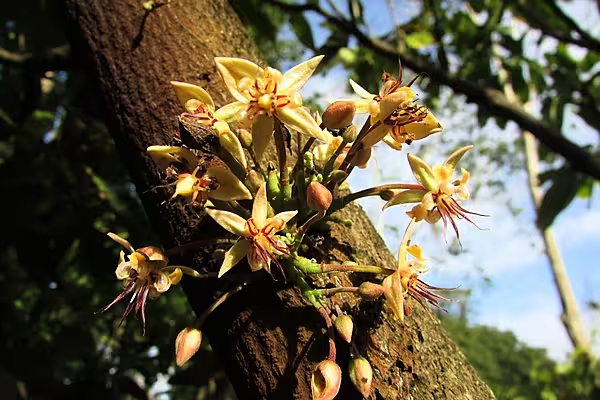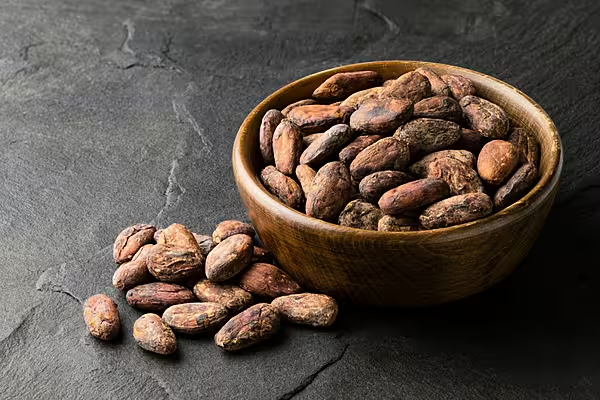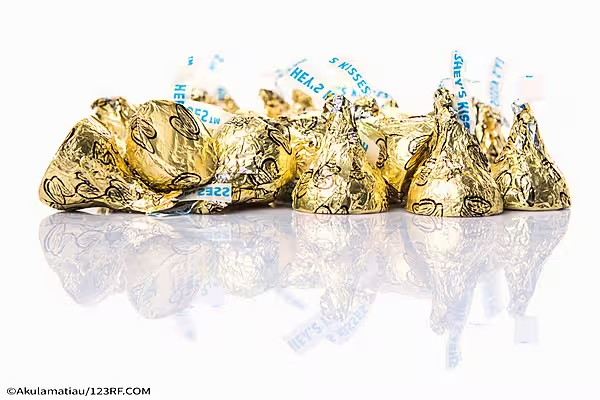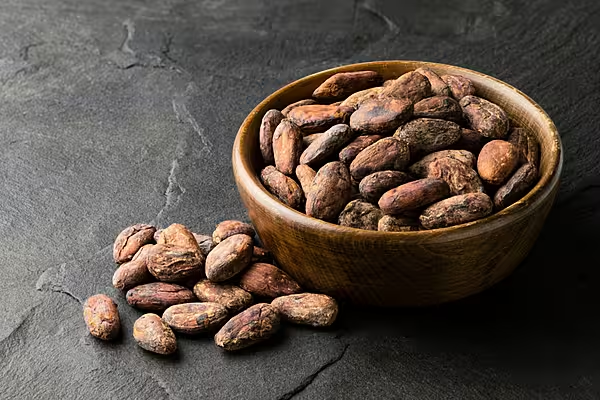Heavy rain in Ivory Coast's cocoa-growing regions has damaged cocoa flowers and small pods on trees, pod counters and farmers said, raising concern for the development of the upcoming main crop.
Ivory Coast is the world's top cocoa grower, and annual production reached a record 2 million tonnes last season. The country is now preparing for its 2018/19 season, which opens in October and runs through March.
Dip In Survival Rate
"In June the scenario was similar to the 2016/17 season, but this month we noticed a 20% fall in the survival rate of flowers and small pods," one pod counter said.
Four other pod counters, who tour cocoa farms each month to assess the crop, told Reuters they estimated the survival rate in July was between 15 and 20% lower than in June.
The likely impact on the harvest as a whole is not yet clear. Over the past few weeks, farmers in other regions have told Reuters they were optimistic about the main crop because of strong flowering.
Another pod counter said the impact on production would be reassessed in August, adding it could still be limited if the number of flowers and small pods remained stable.
A Reuters witness who visited a dozen cocoa farms last week saw an unusual number of flowers and small pods rotting on the ground. Caterpillars, stem borers and mirid bugs were also damaging the crops.
Declining Cocoa Prices
Apart from the rain, farmers also said lower cocoa prices on the world market had made the maintenance of crops too expensive and that they were vulnerable to disease and pests.
"Flowers and small pods die or fall independently, but when they are treated they are more resistant," said Ibrahim Fofana, who farms in the centre-western region of Daloa.
"Mirid bugs and caterpillars are growing in numbers, and without treatment, they are destroying our crops," said Maturin Ebini Kouadio, who farms in Soubre, the heart of the cocoa belt.
News by Reuters, edited by ESM. Click subscribe to sign up to ESM: The European Supermarket Magazine











